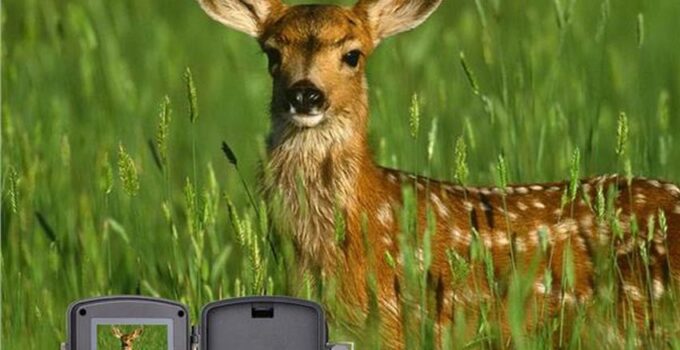A quality trail camera can be a valuable addition to the arsenal of almost any outdoor or deer hunting enthusiast. Not all trail cameras, though, can enrich your outdoor experience in exactly the ways you hope them to. How can you choose the trail camera that works as well as it looks? The criteria below can help you choose the most suitable trail camera for your outdoor goals.
Page Contents
How Good a Picture Do You Need?
The common advertising gimmick suggests that the more megapixels a camera captures, the better the picture it produces. This, however, is seldom the case.
Trailing cameras that claim to be able to capture more than 5 megapixels likely use interpolation. With the help of computer algorithms, they create additional pixels by those the native resolution has captured. Since these algorithms aren’t always accurate, interpolated images often have inferior quality.
As a result, the megapixels count is not a reliable way to predict whether a trail camera can produce decent pictures. It’s better to simply assess the sample pictures taken by a given trail camera.
To get the most out of your camera, you need Deer to actually go near it. One of the best ways we have found to do this is to add a feeder nearby like this one: https://feedthatgame.com/
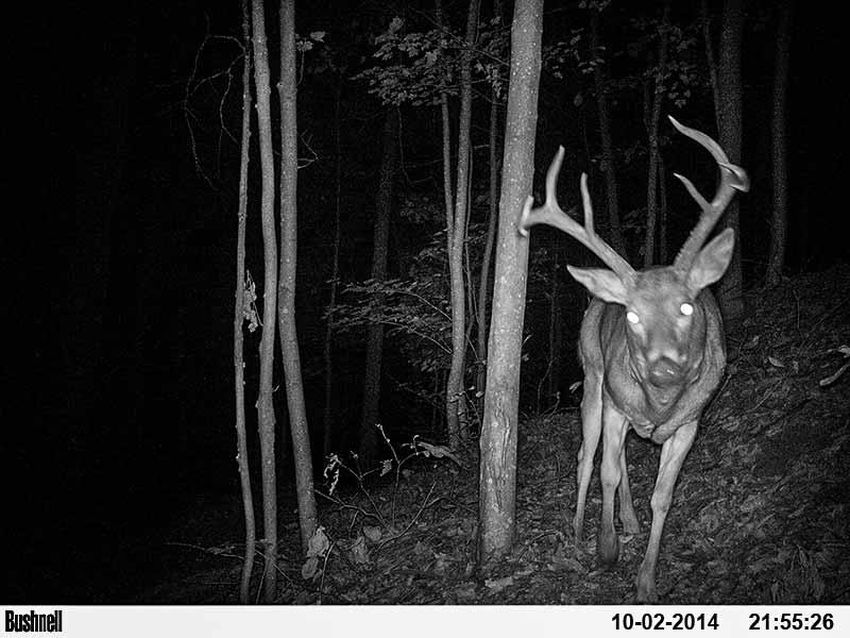
source:lelong.com.my
What Type of Flash Do You Need?
Most hunters and outdoor enthusiasts employ trail cameras at night. This makes the flash feature in trail cameras essential. Depending on the type of flash, you can choose between trail cameras with:
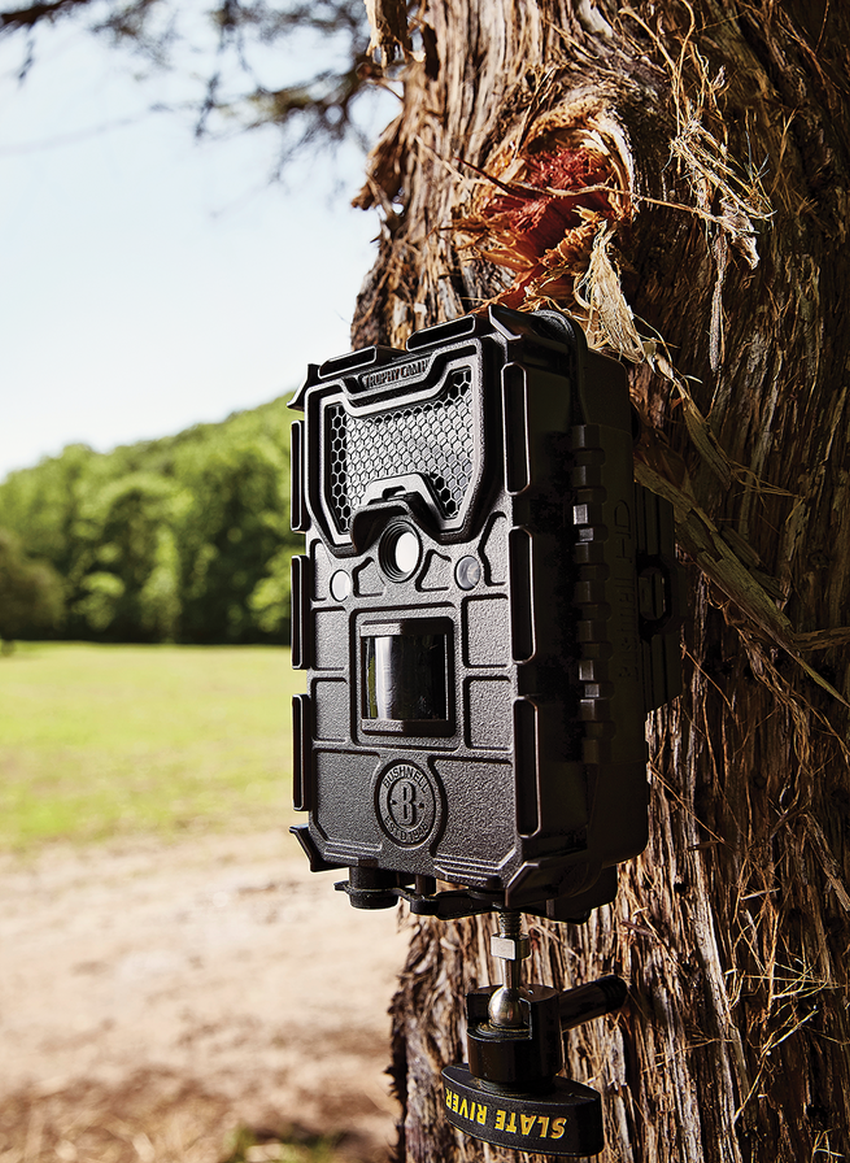
source:outdoorlife.com
- White flash – The classic white flash can illuminate the image the most which make it ideal for researchers and nature observation enthusiasts. Trail cameras with this type of flash, however, can scare the game which makes them an inferior choice for hunters.
- No glow – The infrared no glow trail cameras produce no visible light when they take pictures or videos during the nighttime. This makes them versatile in use and suitable for hunters just as much as security professionals.
- Low glow (red glow) – Trail cameras using infrared low glow flashes produce a barely noticeable red glow when taking pictures or videos at night. Unlike the white flash trail cameras, they remain much less visible. But unlike the no glow trail cameras, they illuminate the image better.
Consider the Detection Parameters
As a rule of thumb, high-quality trail cameras have:
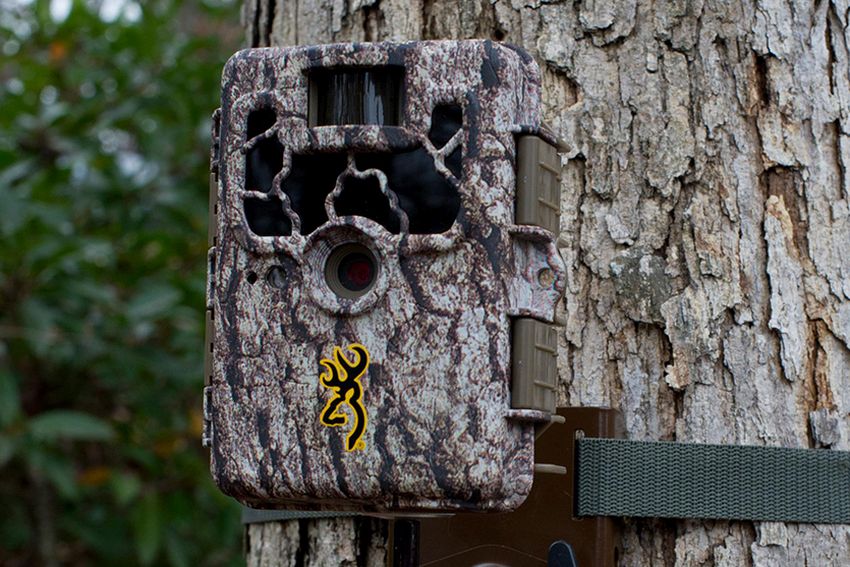
source:outdoorlife.com
- Solid detection range – Bigger detection range means a larger area within which a camera can spot motion and take pictures or record videos.
- Good trigger speed – The faster its trigger speed is, the sooner a given trail camera can start taking pictures after it detects movement.
- Minimal recovery time – The less time a trail camera spends recording the recent picture, the sooner it’s ready for taking the new one.
Last but Not Least: Battery Life is Not a Banality
Using alkaline batteries for powering your trail camera may seem like the cheapest option. But as alkaline batteries discharge, they worsen the quality of every successive picture that your trail camera takes. If you want your trail camera to produce high-quality images consistently, power it with lithium or nickel-metal hydride batteries instead. According to shootingbow.com if you go in a deer hunting with a crossbow great addition to a trail camera is a bow sight for deer hunting.
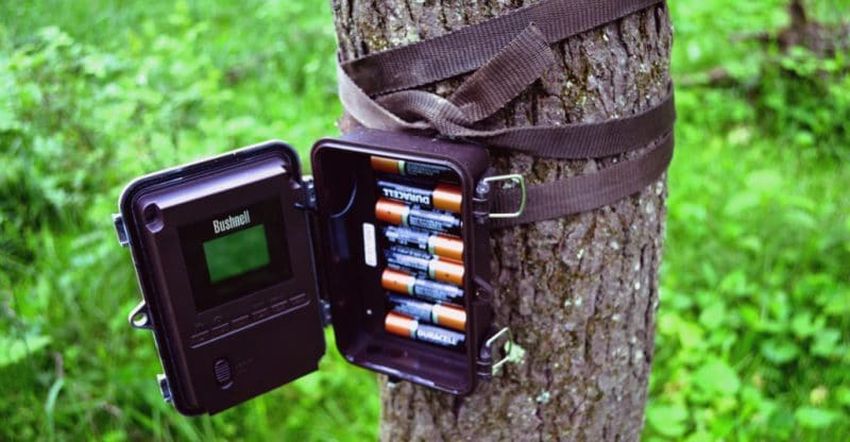
source:bravehunters.com

